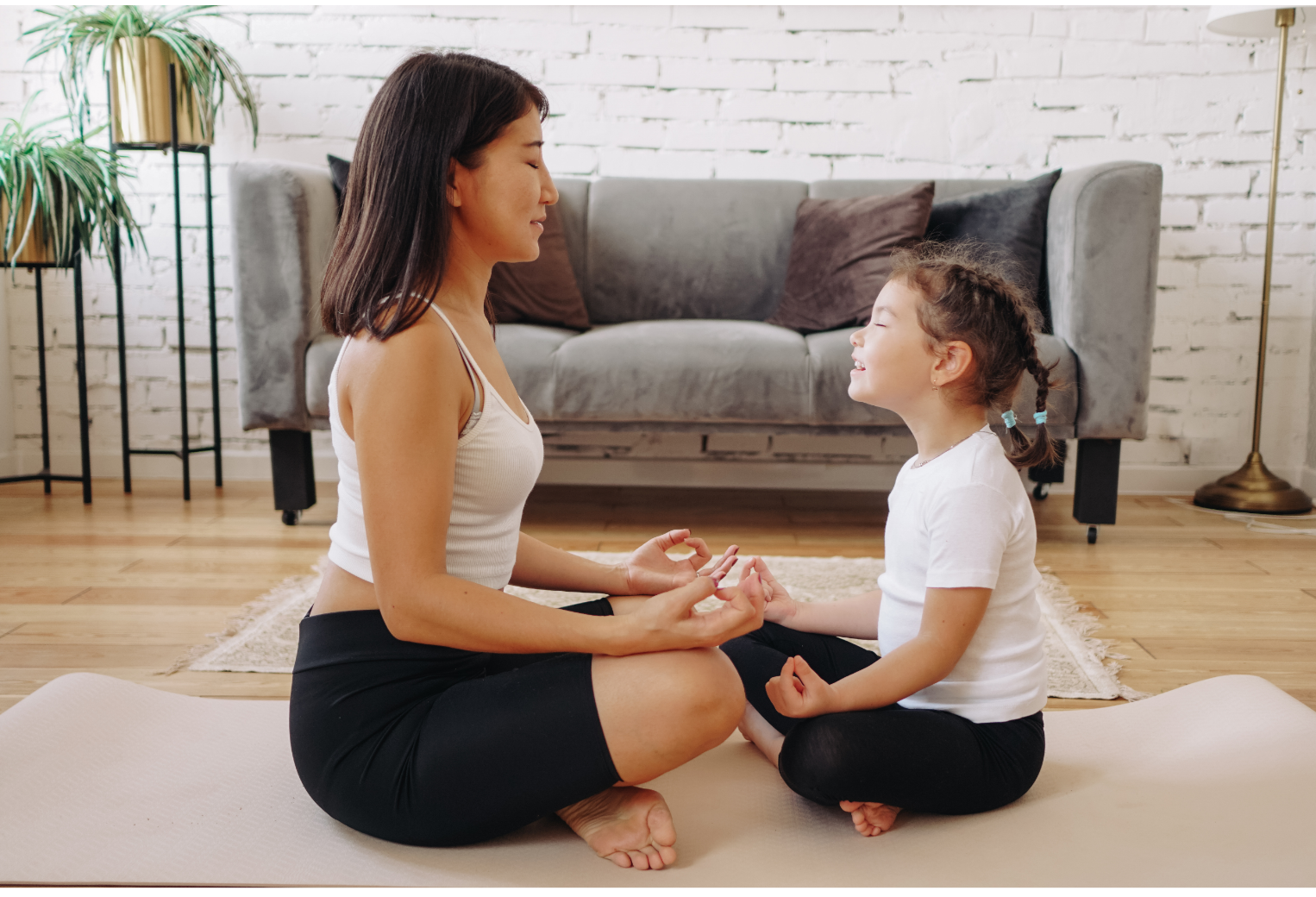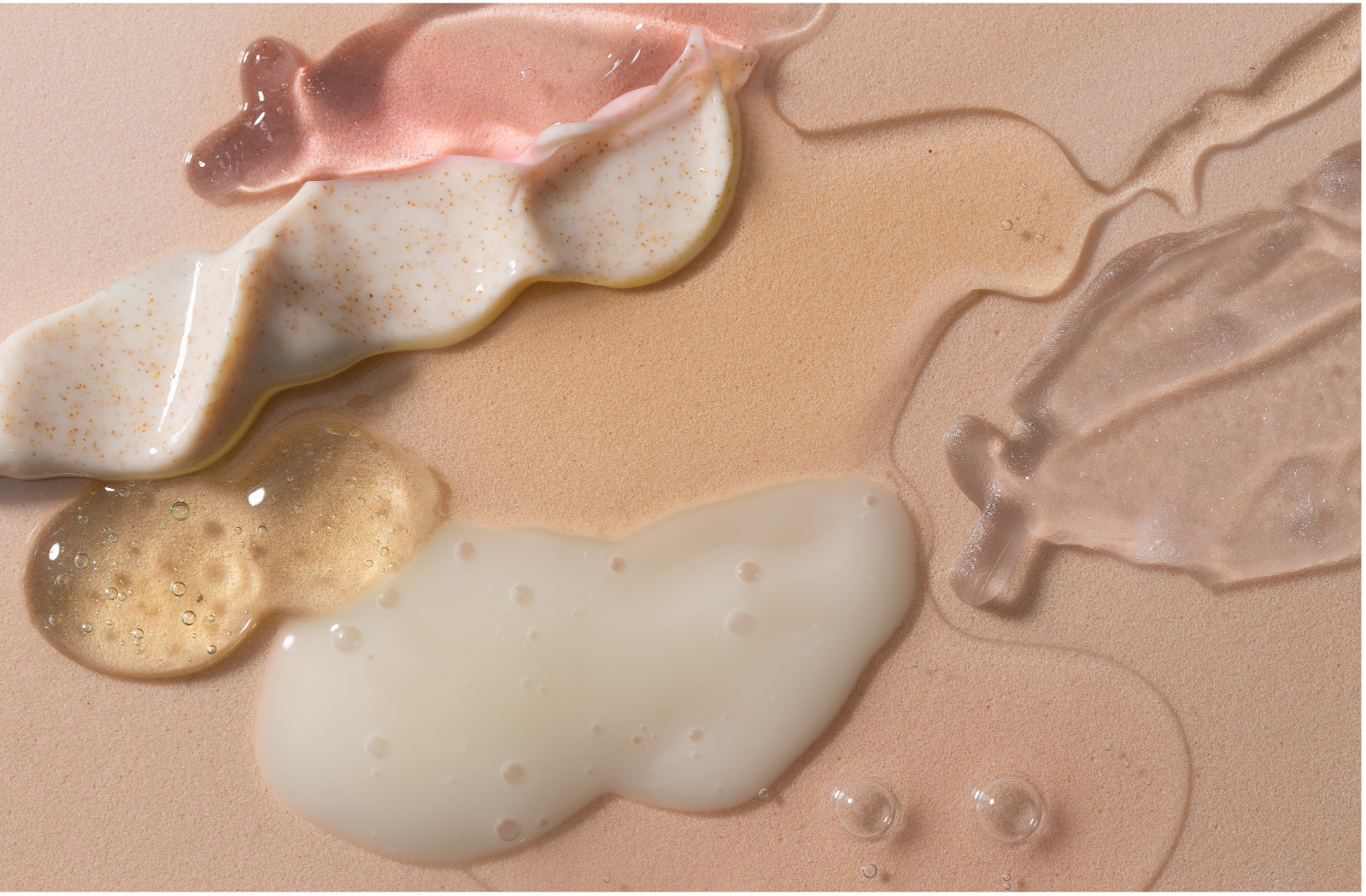
Mindfulness is all about living in the moment and fully engaging with whatever you’re doing. For kids, it’s more than just calming down—it’s about developing awareness, empathy, and a better understanding of themselves and their world.
Starting young with mindfulness can be a game-changer. By instilling these practices early, kids can learn to manage stress, focus better, and bounce back from setbacks. This isn’t just some trendy parenting trick; it’s a life skill that’ll benefit them well into adulthood.
Research shows that kids who practice mindfulness can develop stronger cognitive skills and emotional control. They become better at handling emotional challenges, leading to an overall boost in their mental and emotional health.
Getting into mindfulness with your little ones isn’t just about teaching them a bunch of techniques. It’s about weaving these practices into everyday life so they become as natural as brushing their teeth.
Mindfulness isn’t just nice-to-have; it’s crucial for supporting a child’s development. It’s about empowering them to navigate the complexities of growing up with a toolkit that promotes clarity, calmness, and connection.
How to Practice Mindfulness With Your Child
Getting started with mindfulness isn’t about turning your living room into a Zen garden. It’s about embedding mindfulness into the nooks and crannies of your daily life with your child. Start with something simple, like mindfulness during meals. Encourage your child to notice the colors, textures, and flavors of their food. It’s a simple practice, but the benefits can be pretty impressive.
-
The environment you create at home plays a big role. It’s not about creating a perfectly silent space—good luck with that! It’s more about nurturing an atmosphere where mindfulness is just a natural part of your routine. Having a calm corner with cushions, some storybooks, and maybe a little nature sound in the background can really hit the spot.
-
Kids have short attention spans, so it’s important to keep things age-appropriate and fun. Simple breathing exercises, like pretending to blow up a balloon, can be both effective and entertaining. Make it a game rather than a chore, and soon it’ll be something they look forward to.
-
Patience and consistency are your best friends here. Kids aren’t going to transform into little Buddhas overnight. It’s all about gentle repetition and keeping it all low pressure. Remember, if it feels like a burden, you’re pushing too hard. Mindfulness should feel like a loving habit, not a duty.
Understanding the Impact of Mindfulness on Children’s Well-being
Research is showing that mindfulness offers so much for kids beyond just a momentary sense of calm. It’s like giving them a toolbox filled with emotional and mental gear that helps in every aspect of their lives. Mindful Parenting Strategies
-
Mindfulness can do wonders for emotional regulation. It helps kids become more aware of their feelings and teaches them how to manage emotions without getting overwhelmed. Imagine understanding your emotions and managing to stay steady even when things are tough. Pretty powerful stuff, right?
-
Academic performance isn’t just about hitting the books hard. It’s also about focus and concentration, and mindfulness brings exactly that to the table. With regular practice, kids can enhance their ability to concentrate, making learning a breeze rather than a battle.
-
Resilience might be another buzzword, but there’s real strength behind it. Mindfulness can help kiddos bounce back from challenges and setbacks. By promoting a positive mindset, they learn to tackle difficulties with grit and grace.
-
Positive relationships form the backbone of happier lives, and mindfulness fosters empathy and social skills. Kids grow more attuned to the feelings of others, which enriches their connections and friendships. It’s like planting seeds for kindness and understanding.
Supporting Anxious Children Through Mindfulness

Kids can be worrywarts sometimes, and that’s perfectly normal. But when anxiety starts knocking a bit too hard, that’s when mindfulness steps in as a trusty ally.
-
Spotting anxiety isn’t always a piece of cake. Look out for signs like trouble sleeping, clinginess, or even those nail-biting moments. The earlier you catch it, the better.
-
Mindfulness is like a cool breeze for an anxious mind. It calms the mental chatter and brings them back to a peaceful state. It’s all about finding that inner chill.
-
For anxious kids, specific mindfulness exercises like deep breathing can be really effective. Have them count their breaths or imagine they’re gently blowing away their worries like bubbles.
-
Always encourage open conversations about what might be bothering them. Sometimes just knowing they can talk it over with you brings a lot of comfort.
-
A consistent mindfulness routine offers a safe space for them to explore their feelings and learn how to manage them better. It’s not about shutting anxiety out, but more about acknowledging it and moving forward.
Fun and Effective Mindfulness Activities for Children
Mindfulness activities don’t have to be boring or overly serious. Introducing play into these exercises makes them not only effective but also enjoyable. It’s all about slipping mindfulness into everyday fun.
-
Breathing games are a hit with kids. Try having them blow imaginary bubbles or watching a feather gently rise and fall with each breath. It’s simple, but it sparks plenty of giggles and concentration.
-
Guided imagery can be a wonderful adventure. Encourage them to close their eyes and picture a peaceful place, like their favorite spot at the park or a cozy corner in the house. This practice helps turn their imagination into a calming tool.
-
Bring movement into the mix with yoga-inspired exercises. Poses like the ‘tree’ or ‘cobra’ can be engaging and help them connect body and mind. Plus, it’s a great way to shake out those wiggles while staying mindful.
-
Art and creativity are perfect partners for mindfulness. Getting lost in coloring or doodling lets kids express their feelings in a non-verbal way. It’s a chance for their thoughts and creativity to flow freely, creating a calming experience.
